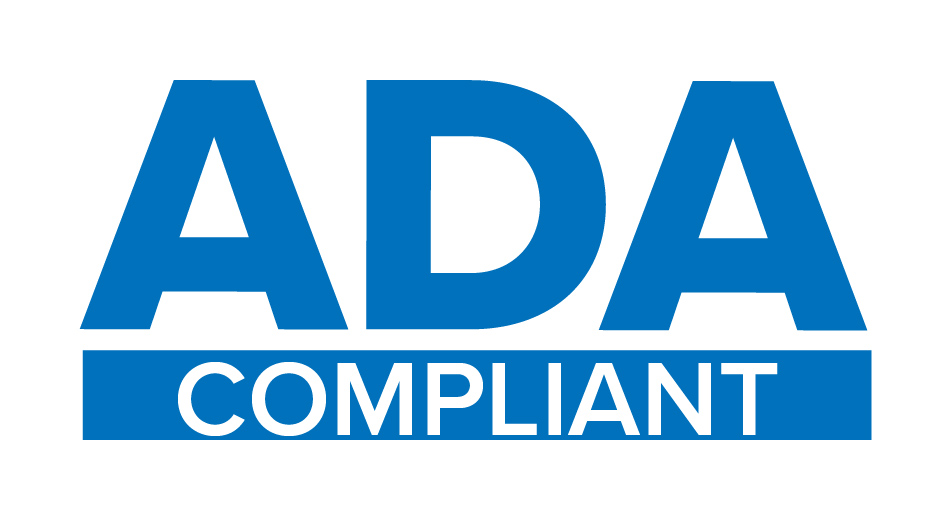With all the political fighting in our nation, I feel Willie and Waylon need to re-release their hit song about Luckenbach, Texas, with a new chorus that says we are feuding like the Democrats and Republicans.
In fact, it seems as though political affiliation or left or right persuasion are the chief indicators of our identities. I am also discovering that many are often confused about political differences or what parties even stand for.
More interesting is discussions about political parties past.
Especially with the era of cancel culture, there seems to be confusion of what parties did in the past making it difficult to know which party to condemn. For example, there is nothing worse than wanting to cancel everyone and everything having to do with slavery only to find out your party was its biggest supporter.
The history of political parties is difficult in America, as the two major parties of today will do a complete ideological 180 degree turn from their founding.
Over the next few weeks I will give a more concise version of my History of Political Parties class to clear up some of the confusion about parties, where they come from, how they changed and what they stand for. The goal will be to help readers be better informed about which party they may want to join. Again, the purpose is not to persuade but to inform.
The best way to start a discussion about political parties switching between liberal and conservative is to identify what it means to be liberal or conservative. This itself is difficult as those terms will change from their inceptions. At their cores being liberal means to want change or progress while conservatives want to hold on to past values or institutions. A good example of this is in the Civil War era where the liberal Republican Party wanted to end slavery while the conservative Democratic Party supported it. I know this sounds backwards, but I will explain it later.
I do not want to spend too much time discussing classic versus modern liberalism and conservatism; it is confusing to even those of us who study this for a living. Suffice to say that while there are some core similarities, there are also differences between these terms when they were first coined in the 18th and 19th centuries and how they are used today.
Liberalism evolved during the reign of absolute monarchs. It revolved around individual rights, limited government, and private property in a time when most people had none of these. This philosophy is most connected to men like John Locke and Adam Smith writing during the Enlightenment.
Men like Adam Smith, the father of capitalism, pushed for a free-market system or one where people could pursue their own economic interest without government interference. They believed government was created by people – not God, as kings insisted – and is there for the protection of the people’s rights. Locke would say government should protect life, liberty, and property. Thomas Jefferson, a classic liberal, “borrowed” much of the Declaration of Independence from Locke when he wrote, “endowed by their Creator with certain unalienable Rights, that among these are Life, Liberty and the pursuit of Happiness. That to secure these rights, Governments are instituted among Men, deriving their just powers from the consent of the governed.”
One of the outcomes of classic liberal thought was the American Revolution, but another was the French Revolution. These two revolutions were very different with the American Revolution being much more “conservative.”
The American Revolution was not as revolutionary as in many ways the Americans kept a similar government and replaced the king with an elected president. The French Revolution was a bottom-up revolution that overturned and destroyed every aspect of French cultural, social, and political life. While the American Revolution was orderly, the French Revolution was chaos leading to the bloody “Reign of Terror ‘’ and the eventual dictatorship of Napoleon. Amid this terror came a reaction to liberalism called conservatism. Led by British politician and philosopher Edmund Burke, conservatism stressed that social order is best maintained by protecting traditions, customs, and institutions.
Like the liberals, classic conservatives believed in limited government. Too much government only interfered with important institutions like the family or the church. However, some government was necessary to protect those institutions and rights. Burke, who supported the American Revolution but detested the French one, wrote that the limited monarchs and parliaments were superior to the mob rule of government by the people in France.
This idea was particularly popular with the American Founding Fathers, especially Alexander Hamilton, who created a republic instead of a democracy run by the people.
Lastly, conservatives put a higher value on morality. Liberals, who focused on individuals, saw no way to determine morality and believed each person could have their own. Conservatives believed morality was higher than the individual and can be controlled by social institutions like the church.
These political philosophies were incredibly important to America’s Founding Fathers and shaped our Constitution. Yet, they will change over time, with the emergence of the Industrial Revolution, and will become the shaping ideals of American political parties. James Finck, Ph.D. is a professor of history at the University of Science and Arts of Oklahoma. He can be reached at HistoricallySpeaking1776@ gmail. com.



